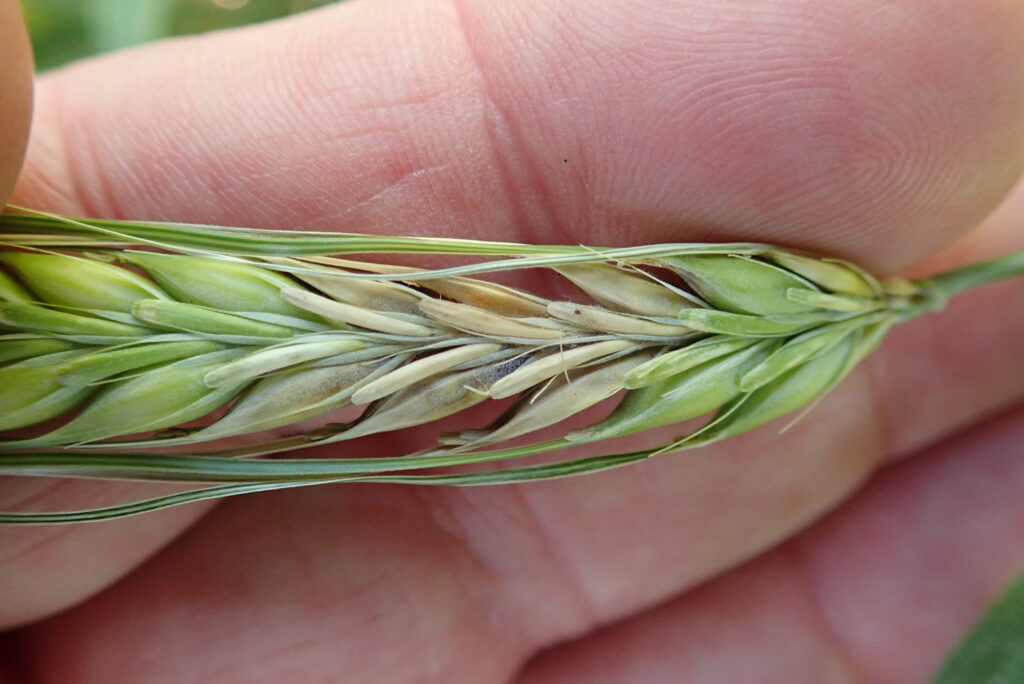Fight Fusarium Head Blight: Choose Barley Varieties with FHB Resistance
Grow the most FHB-resistant varieties to manage disease pressures and protect your marketing options
Find a list of new feed and malt barley varieties with improved FHB resistance below.
Planning for next year’s growing season starts early. Every crop management decision growers make is important and can impact harvest quality and crop marketability – including managing diseases like fusarium head blight (FHB).
FHB is a serious fungal disease of cereal grains and corn. The cereal grains most affected by FHB are durum wheat, spring wheat, barley and corn. FHB can cause both crop production and market access issues for growers.

FHB may affect kernel development, reducing yield and grade. But in barley, kernel development issues are less common than in wheat. It can also contaminate grain with fungal toxins (mycotoxins) produced in infected kernels. FHB and mycotoxins in harvested grain can negatively impact livestock feed, baking and milling quality of wheat, and malting and brewing qualities of malt barley.
To help keep marketing options open for your harvested grain and maximize your return on investment, Keep it Clean recommends the following best practices to manage FHB during seed selection:
Plan crop rotations to manage fusarium head blight:
- Fusarium can overwinter in crop stubble, so it’s important to factor disease management into your plans for next year’s growing season. It is crucial that you plan crop rotations that allow adequate time for residues to decompose before returning to cereal crops. Rotate away from cereal crops for at least one — and preferably two or more — years on fields recently infected by Fusarium.
- Corn is very susceptible to FHB infection, so your crop rotation plan should take this into account if you grow corn.
Grow varieties with the highest FHB-resistance available:
- Growing resistant varieties is one of the most important decisions in managing the disease. The use of resistant varieties is especially important in areas at risk for FHB.
- Use high quality, vigorous seed and appropriate seeding rates to establish a strong stand.
New barley varieties with improved resistance to FHB:
- AAC Connect: An in-demand two-row malting barley, it offers high yields, short strong straw and the best FHB resistance in its class.
Learn more.
- CDC Fraser: An in-demand two-row malt barley, popular in Western Canada, with high yield potential and intermediate resistance for FHB.
Learn more.
- AB Wrangler: A new two-row feed and forage barley that yields 108% of CDC Cowboy and provides moderate resistance to FHB.
Learn more.
- AB Hague: A top yielding feed and forage barley variety with high yields and moderate resistance to FHB.
Learn more.
- CDC Maverick: A mid-height, smooth-awned, 2-row feed and forage barley that offers a great combination of grain and forage yield and moderate resistance to FHB.
Learn more.
This reminder is provided by Keep it Clean. For more information on how to protect the marketability of your crops, visit KeepitClean.ca.




